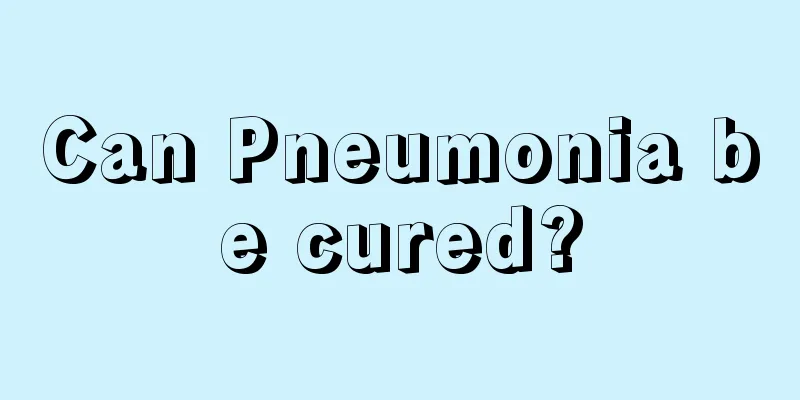What are the nutrient solution formulas for flowers and plants

|
Planting flowers and plants cannot be separated from nutrient solution. Many nutrient solutions are purchased by yourself, and some are prepared by yourself. The preparation of nutrient solution should be matched according to the variety of flowers and plants. Different flowers and plants are matched with different nutrient solutions. Only in this way can we ensure that the flowers and plants grow more vigorously and have more adequate nutrition. The combination of nutrient solution should be comprehensive and balanced. Such nutrient solution will be more conducive to the absorption of flowers and plants. So, what are the formulas of nutrient solution for flowers and plants? Nutrient solution plays an important role in the normal growth and development of flowers. When preparing nutrient solution, the formula and dosage should be determined according to the variety of flowers being cultivated, different growth stages, and different regions. 1. Several commonly used nutrient solution formulas 1. 10 grams of sodium nitrate, 70 grams of superphosphate, 25 grams of ammonium sulfate, 35 grams of potassium sulfate, and 40 grams of magnesium sulfate. Usage: When using the above formula to prepare the nutrient solution, first mix it with water, and then add the mixed trace elements at a ratio of 3 grams per 100 liters of water before use (trace elements are usually mixed with 100 grams of ferrous sulfate, 14 grams of boric acid powder, and 10 grams of manganese sulfate, and ground into powder for later use). 2. Potassium nitrate 0.7 g/L, boric acid 0.0006 g/L, calcium nitrate 0.7 g/L, manganese sulfate 0.0006 g/L, superphosphate 0.8 g/L, zinc sulfate 0.0006 g/L, magnesium sulfate 0.28 g/L, copper sulfate 0.0006 g/L, iron sulfate 0.12 g/L, and ammonium molybdate 0.0006 g/L. Usage: When using, mix various elements together and add 1 liter of water to make a nutrient solution. When preparing the above-mentioned nutrient solution, the types and amounts of elements can be increased or decreased according to the different requirements of different flowers. 3. 5 grams of urea, 3 grams of potassium dihydrogen phosphate, 1 gram of calcium sulfate, 0.5 grams of magnesium sulfate, 0.001 grams of zinc sulfate, 0.003 grams of iron sulfate, 0.001 grams of copper sulfate, 0.003 grams of manganese sulfate, and 0.002 grams of boric acid powder; add 10 liters of water and make a nutrient solution after dissolving. Usage: Water the potted flowers once a week during the growing period, and the amount used each time can be determined according to the size of the plant. For example, for sun-loving flowers with an inner diameter of 20 cm in the flowerpot, water about 100 ml each time, while for shade-loving flowers, the amount should be reduced. In winter or dormant period, water once every half month or one month. Normally, tap water is still used for water replenishment. 2. Issues to pay attention to when preparing nutrient solution 1. When preparing nutrient solution, avoid using metal containers, and do not use them to store nutrient solution. It is best to use glass, enamel, or ceramic containers. 2. When preparing, it is best to first use a small amount of warm water at 50°C to dissolve the various inorganic salts separately, and then pour them into water equivalent to 75% of the prescribed capacity in the order of the items listed in the formula, stirring while pouring, and finally add enough water. 3. If you use tap water when preparing the nutrient solution, you must treat the tap water because most tap water contains chlorides and sulfides, which are harmful to plants, and some bicarbonates can also hinder the roots' absorption of iron. Therefore, when using tap water to prepare nutrient solution, a small amount of sodium EDTA or humate compounds should be added to treat chlorides and sulfides in the water. If peat is used as the substrate for soilless cultivation, the above-mentioned disadvantages can be eliminated. If the groundwater quality is poor, you can use unpolluted river water or lake water to prepare it. 3. How to adjust the acidity and alkalinity of the nutrient solution |
<<: What are the benefits of aspirin plus honey
>>: How to prepare nutrient solution
Recommend
Methods for corticotroph adenoma
Corticotroph adenoma is a disease and is consider...
What should patients with ovarian tumors pay attention to in their diet
Everyone knows that ovarian cancer is one of the ...
Why does my stomach feel uncomfortable when I drink water
Many people do not have a clear awareness of drin...
Teenagers are tired of studying
The minds of teenagers are difficult to understan...
Can onions be eaten with cucumbers? Can cucumbers and onions be fried together?
In Northeast my country, many people like to eat ...
Ankle ligament injury
There are ligaments in many parts of the human bo...
What grade of placenta is good?
The maturity of the placenta is different in diff...
What are the symptoms of lumbar tumors
There are many types of lumbar tumors, both benig...
Causes of cervical erosion
The erosion here is different from the ordinary e...
Can antiphospholipid syndrome be cured
Many people with arterial or venous thrombosis ar...
Safety knowledge for preventing gas poisoning
Gas is actually not unfamiliar to many friends, b...
What should women do if they have ovarian tumors? What are the treatments for ovarian tumors?
I believe that many women have experienced gyneco...
Lower eyelid wrinkles
Many people in life have troubles with wrinkles o...
Famous hospital for treating colorectal cancer
How do famous hospitals in the country treat colo...
What are the symptoms of rectal cancer metastasis to bladder cancer
When rectal cancer develops to a certain stage, i...









